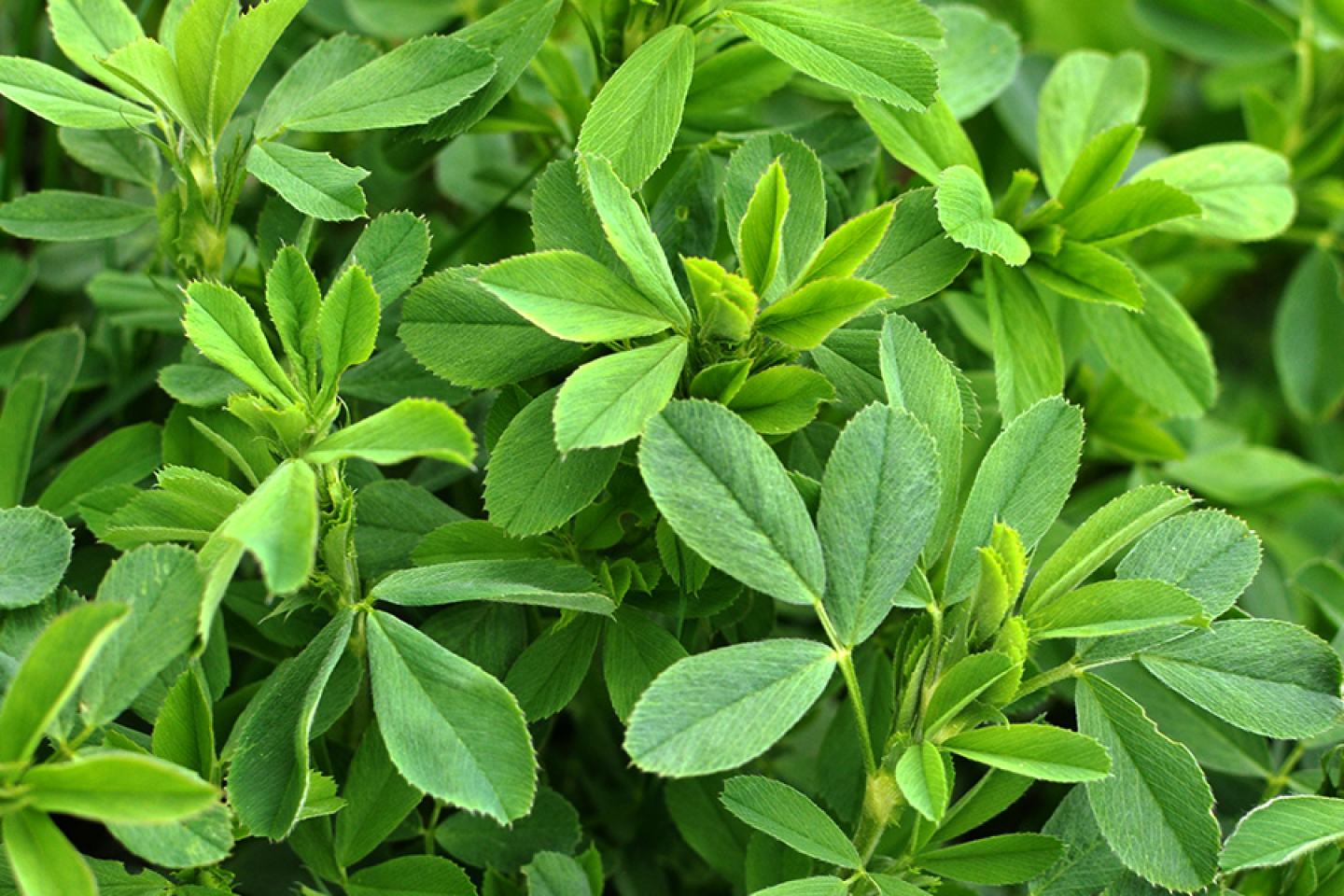Western corn rootworm (WCR) is considered the most important insect pest attacking field corn in the United States. According to estimates, annual yield loss and costs associated with WCR control tactics are substantial to corn growers.
Effective management of WCR takes an integrated approach.
Control options:
- Crop rotation to reduce rootworm pressure
- Use of transgenic Bt corn hybrids to provide protection against WCR larval infestations
- Use of soil insecticide treatments for protection against WCR larval feeding
- Application of commercially applied seed treatments labeled for WCR larval control
- Use of foliar insecticide treatment targeted at reducing gravid egg-laying WCR adults
- An effective and properly timed foliar insecticide application can suppress the number of eggs laid and potential WCR problems in the future.
Scouting tips
Scouting for adult beetles is usually initiated as the corn begins to silk. Male beetles emerge first, and females follow about a week later. Females are attracted to silking corn fields and are usually found feeding on silks, pollen or volunteer corn plants. Adults are very mobile, especially on warm, sunny days. Random stops in the cornfield should be made to estimate the number of adults on a known number of plants. Typically, one to three WCR adults per plant is the threshold for determining when to treat. Treatments are usually started when more than 10% of the females are gravid. It is not advisable to make treatments too early since more females will emerge and lay eggs, nor is it advisable to make treatments too late since egg laying will already be complete.
cHOOSING soil-applied and foliar INSECTICIDEs
Soil insecticide treatments can provide protection against WCR larval feeding. It is this feeding that can open the door to disease early in the season. When choosing a soil-applied insecticide, consider the opportunity to control seedling pests while also strengthening root systems. Ethos® XB insecticide/fungicide is a proven method of controlling costly yield-robbing pests from day one. Its formula leverages the strongest pyrethroid, bifenthrin, for seedling insect protection. It also uses naturally occurring organisms with fungicidal properties to colonize root hairs, creating a barrier that protects corn and soybeans through critical growth stages.
If a foliar insecticide application is deemed necessary to control adult WCR, an effective product with no known resistance should be used. Beetle resistance has been reported to three major insecticide classes used for adult WCR control; these are organophosphates, carbamates and pyrethroids. Selection of an insecticide in one of these classes may result in poor control of WCR adults. The two most common classes of insecticides currently used for WCR adults are pyrethroids and organophosphates. In addition to resistance, mite flare-ups, negative impact on beneficials and/or long re-entry intervals can be associated with these chemistry classes.
Field studies to date have shown Steward® EC insecticide at 6 and 10 fluid ounces per acre provided 79% and 84% adult WCR control, respectively, across all evaluation dates compared to only 52% control with the commercial standard. There has been no known resistance or decreased sensitivity to Steward EC insecticide by WCR adults. No mite flare-ups have been noted in any field trials conducted. Steward EC was shown to provide up to two weeks of residual control and has excellent rainfastness under irrigation and rainfall, a short re-entry interval of 12 hours and a caution signal word.
Steward EC has a unique mode of action in corn as the only Group 22 insecticide. Corn rootworm adult beetle feeding stopped 0–4 hours after ingestion, thus preventing silk clipping, which reduces pollination, impacting yield. Plus, further research trials have shown control of other pests that coincide with treatments timed for adult WCR, such as western bean cutworm, corn borers and corn earworm. The higher rate of Steward EC, 10 fluid ounces per acre, provided the best residual control, 85%–86% at the 7–10 and 11–16 day-after application evaluations as compared to the commercial standard, with only 44%–46% control, and the lower rate of Steward EC, 6 fluid ounces per acre, with 78%–79% control.



